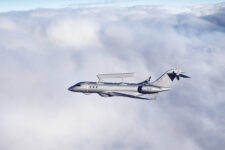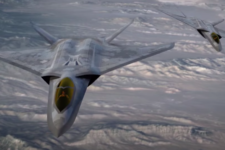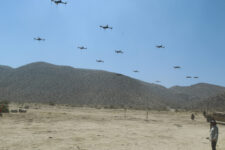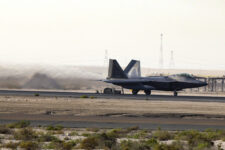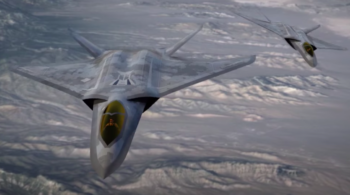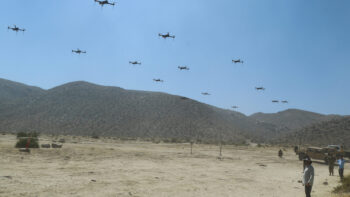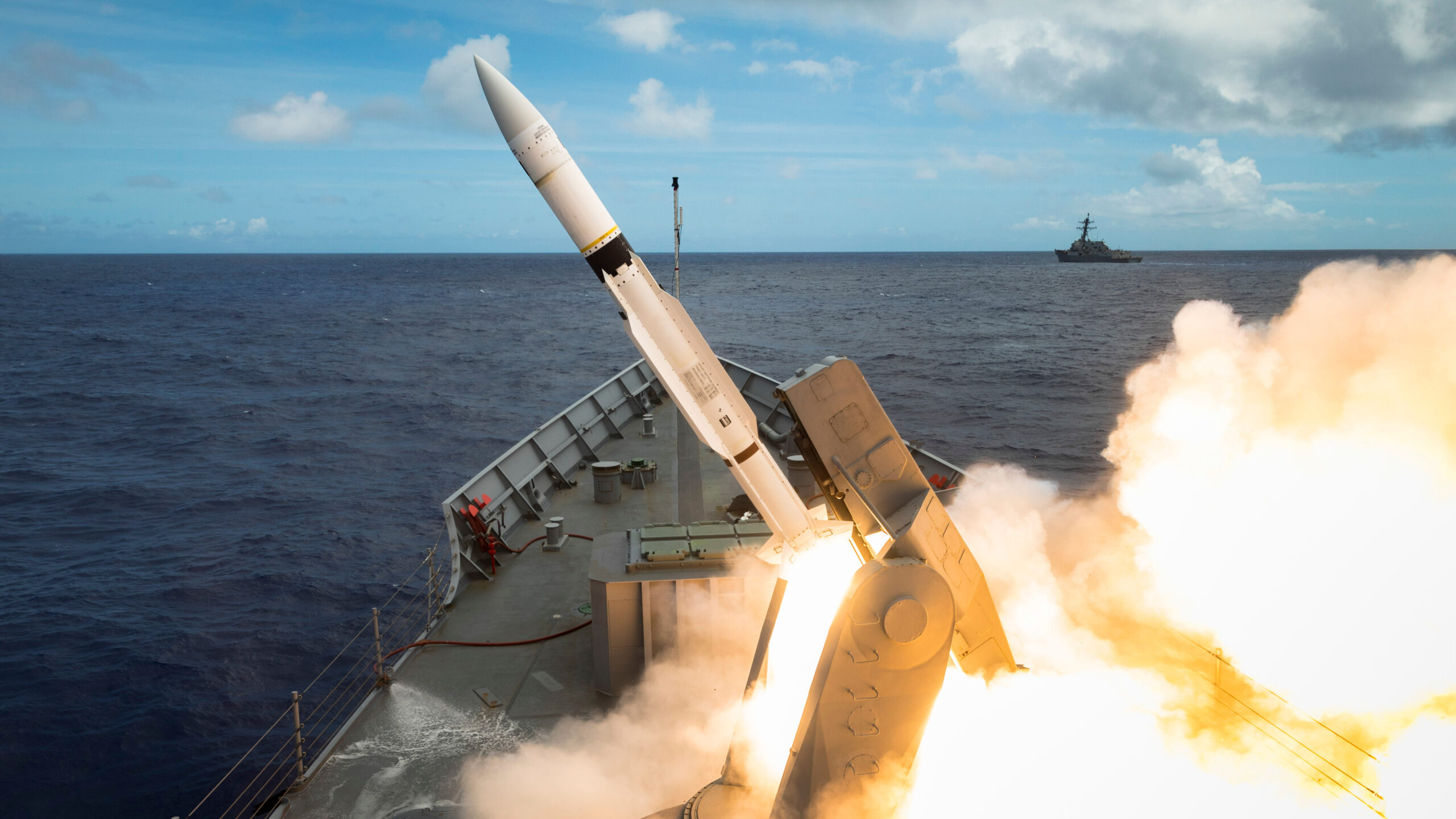
HMAS Melbourne fires a Standard Missile 2 from its Guided Missile Launching System during RIMPAC 18. (ADF)
CANBERRA — Australia will adopt a defense strategy of denial, developing anti-access and area denial capabilities including longer range missiles to prevent an adversary from entering an operational area, according to a new Defence Strategic Review.
This doesn’t point the finger specifically at China, but it comes in the shadow of what the review says is a Chinese military buildup that is now the largest and most ambitious of any country since the end of World War II.
“This build up is occurring without transparency or reassurance to the Indo-Pacific region of China’s strategic intent. China’s assertion of sovereignty over the South China Sea threatens the global rules based order in the Indo-Pacific in a way that adversely impacts Australia’s national interests,” the report says.
The long-awaited review says the current Australian Defence Force (ADF) force structure was based on a balanced force model capable of performing multiple different mission and the “Defence of Australia” doctrine — but that approach was no longer fit for purpose.
“The development of a strategy of denial for the ADF is key in our ability to deny an adversary freedom of action to militarily coerce Australia and to operate against Australia without being held at risk,” it says.
As such, the review makes major recommendations about force structure and capabilities. Acquiring nuclear-powered submarines, the centerpiece of the AUKUS security arrangement with the United States and United Kingdom, takes number one priority. As already foreshadowed, the ADF will acquire long-range strike capabilities, both air- and land- launched.
RELATED: How the US and UK plan to get nuclear-powered subs to Australia
Significantly, there will be an additional, short independent review, reporting third quarter, of the Navy surface combatant fleet to ensure its size, structure and composition complement capabilities provided by the new nuclear submarines.
That would appear to potentially impact the proposed fleet of nine Hunter-class anti-submarine warfare frigates, regarded as providing limited capabilities with just 32 vertical launch missile cells against 48 on each of the three Hobart-class air warfare destroyers.
The Army, however, appears to be a significant loser in the review. It’s planned acquisition of new infantry fighting vehicles will be reduced from 450 to 129. Planned acquisition of a second block of Hanwha self-propelled howitzers and resupply vehicles will be cancelled.
“The systems do not provide the required range or lethality,” the review says. However Army will acquire a land-launched long range missile capability and landing craft to enhance its littoral warfare capability.
The review team also examined whether Australia could acquire the Northrop Grumman B-21 Raider stealth bomber as a long range strike platform, but said the team does “not consider the B-21 to be a suitable option for consideration for acquisition.”
The Defence Structure Review was commissioned by the new Labor government and conducted by former Defence force chief Angus Houston and former Labor Defence Minister Stephen Smith.
This review is the first major one since the 2020 Defence Strategic Update, and notes geopolitical changes in the last few years. The US is no longer the unipolar leader of the Indo-Pacific, it says, and the region has seen the return of major power strategic competition “the intensity of which should be seen as the defining feature of our region and time.”
The 110-page document is scathing of the ADF’s current acquisition processes, declaring them not fit for purpose.
“The system needs to abandon its pursuit of the perfect solution or process and focus on delivering timely and relevant capability,” it says.
Australian Defence Minister Richard Marles told journalists the procurement process needed to be streamlined to make it more nimble and able to deliver equipment faster into service.
“It means we have got to have a greater appetite for risk,” he said. “The way in which we built an aircraft in this country in World War II and the way in which the American industrial economy geared up in a matter of a year to produce what it did during World War II was to assume risk… This is not 1941 and we are not [in] 1939. We are not trying to paint that picture. But we are not in a benign environment either. We are in an environment where we need to have a changed relationship to risk.”
The Review devotes a chapter to climate change, saying it holds a number of significant implications for defense.
But it stops well short of some outside proposals for substantial elements of the ADF be devoted to humanitarian and disaster relief.
The Review says acceleration of major climate events risks overwhelming the government’s capacity to respond effectively and detracts from the ADF’s primary mission of defending Australia.
“Defence must be the force of last resort for domestic aid to the civil community. This is critical given the urgent geostrategic risks that the nation faces and the need for the ADF to be in a position to respond to regional contingencies,” it says.
Funding of DSR priorities will require additional funding. Minister Richard Marles said the defense funding trajectory would remain as it is over the next four years but after that additional funding will be required.



